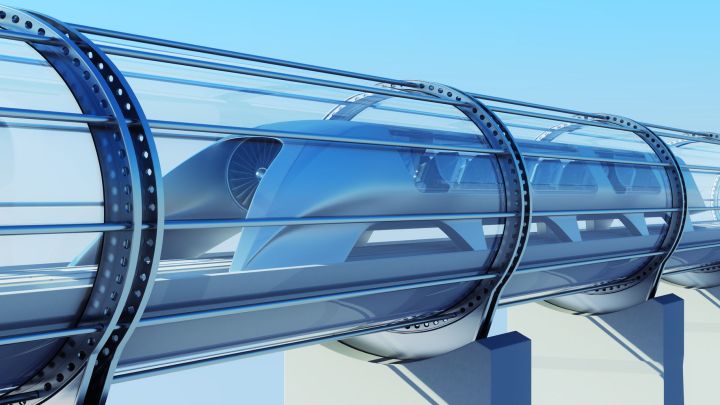
The Korea Railroad Research Institute (KRRI) recently revealed plans for a near-supersonic “train” that’d be capable of whisking passengers between Seoul and the southern Korean city of Busan 200 miles away in just half an hour.
That’s about the same mileage as between Washington, D.C., and New York City, a journey that can take nearly four hours by car or just over an hour by plane.
“We hope to create an ultra-fast train, which will travel inside a state-of-the-art low-pressure tube at lightning speeds,” a KRRI official told the Korea Times, adding that it’ll be ready in “the not-too-distant future.”
The proposed system could reach speeds of up to 620 mph (1,000 kmh). That’s slightly slower than the 700-mph ambition of the Hyperloop, though at either of those speeds, passengers will be experiencing ground-based travel far faster than anything currently in operation.
The KRRI official said a team of experienced engineers would first check the viability of “various related technologies called the hyper-tube format” before taking the plan to the next stage of development.
Designs released by the institute show a 16-seat passenger pod that would hurtle frictionlessly through tubes under a partial vacuum, transporting travelers between cities in super-quick time.
In a nod to competitors such as Hyperloop One and Hyperloop Transportation Technologies, the official said, “Many countries such as the United States, Canada, and China are competing to take the lead in this futuristic technology and we will also try to preempt our global rivals.”
While skeptics still wonder if the technology will ever really progress to become a fully operational commercial service, the main players developing the system are moving toward more expansive testing of the design as part of a determined effort to make it a reality.


